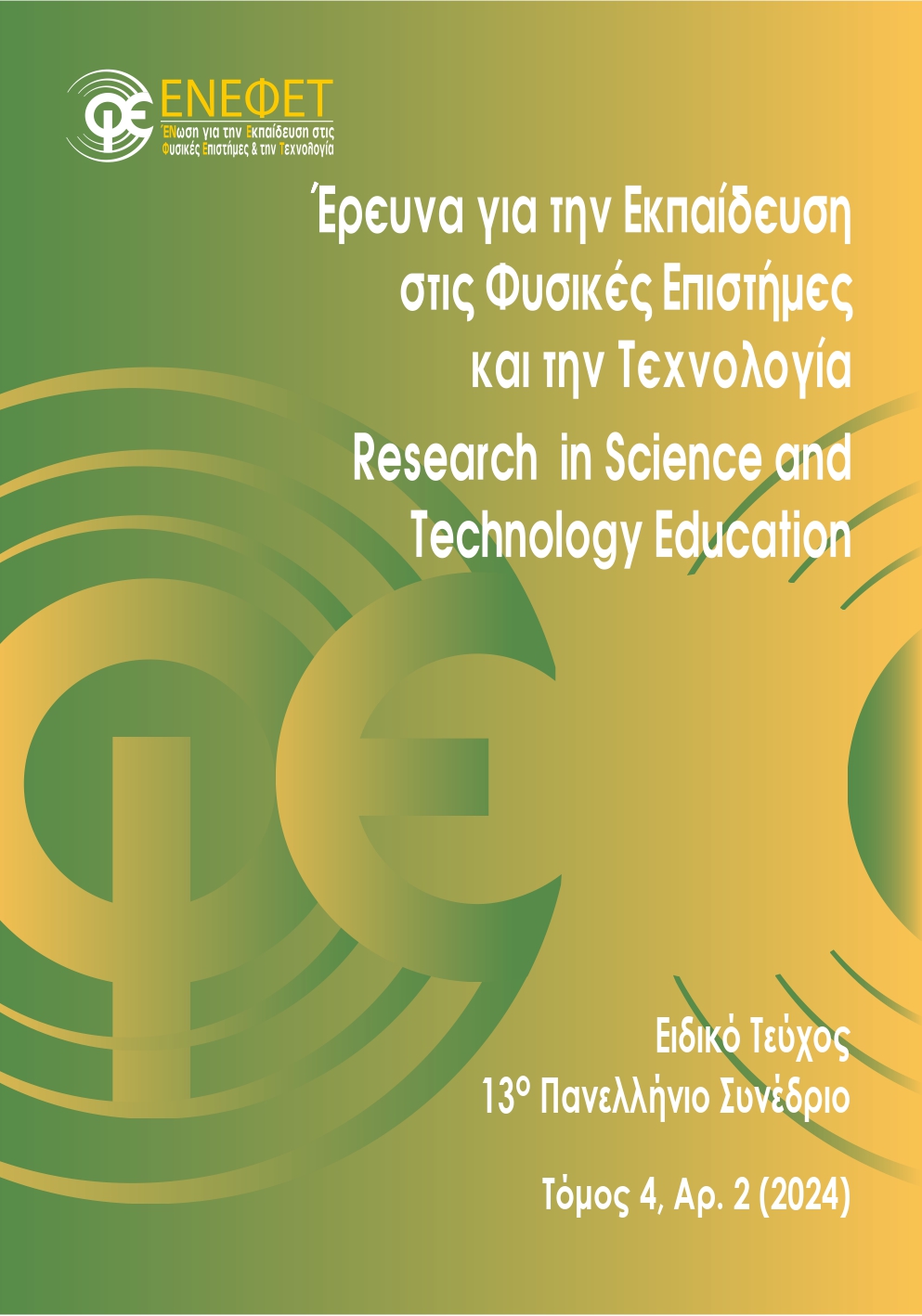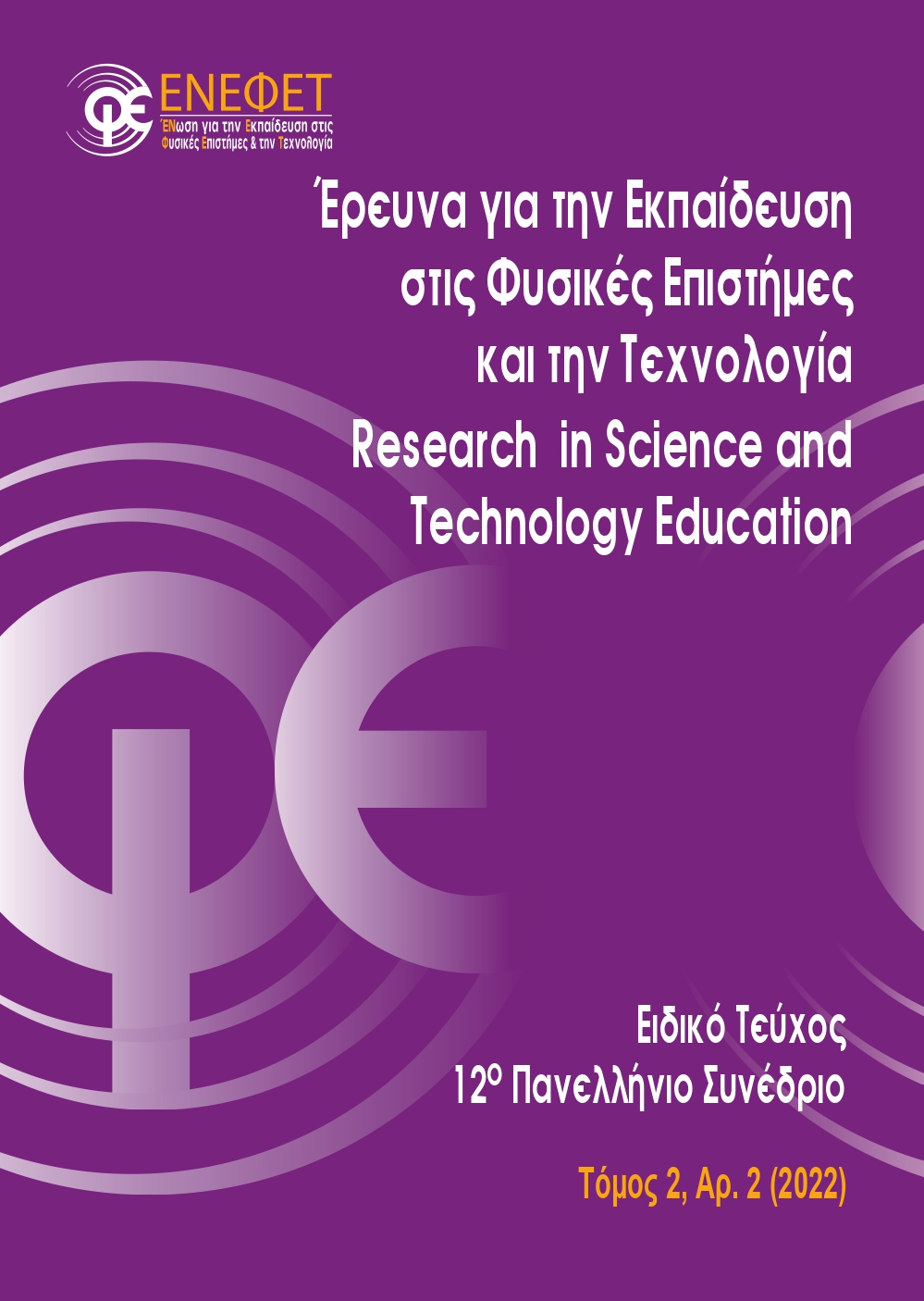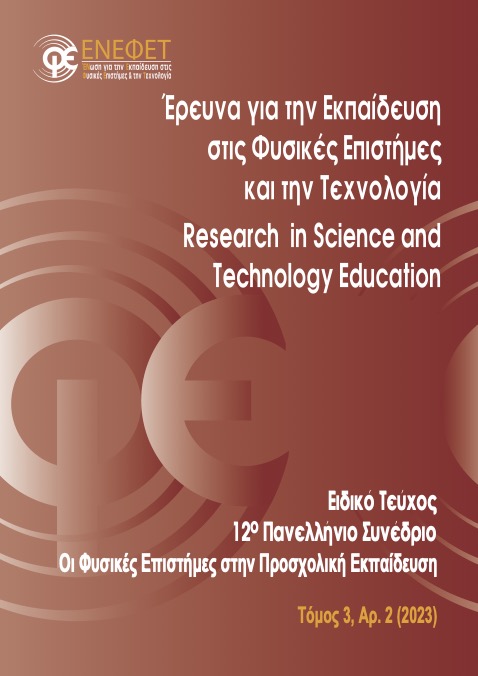Μελέτη της Eμφάνισης της Ημιτονοειδούς Συνάρτησης στα Σχολικά Εγχειρίδια των Μαθηματικών και της Φυσικής στο Γενικό Λύκειο
Abstract
Η συνάρτηση αποτελεί θεμελιώδη έννοια στα Μαθηματικά και έχει κεντρικό ρόλο στα αναλυτικά προγράμματα σπουδών της σχολικής εκπαίδευσης. Η παρούσα εργασία εστιάζει στη μελέτη της ημιτονοειδούς συνάρτησης, στα εγχειρίδια των Μαθηματικών και της Φυσικής του Γενικού Λυκείου στην Ελλάδα. Αρχικά, γίνεται συστηματική καταγραφή των αναπαραστάσεων της ημιτονοειδούς συνάρτησης στα ανωτέρω εγχειρίδια και στη συνέχεια γίνεται διερεύνηση των μετασχηματισμών στους οποίους εμπλέκεται. Επιπλέον, η ανάλυση εντοπίζει και καταγράφει το πλαίσιο των δραστηριοτήτων μέσα στο οποίο εντάσσονται οι αναπαραστάσεις της ημιτονοειδούς συνάρτησης. Στα Μαθηματικά, αποτυπώνεται κυρίως μονολειτουργική χρήση της συνάρτησης, ενώ δεν αναδεικνύεται ο διεπιστημονικός της χαρακτήρας. Στα εγχειρίδια της Φυσικής, η συνάρτηση εμφανίζεται σε μεγαλύτερο βαθμό πολυλειτουργικά, καθώς πολλές δραστηριότητες προωθούν σύνθετους συλλογισμούς, όπου ενεργοποιούνται περισσότερα από ένα μητρώα αναπαράστασης, ευνοώντας τον γνωστικό τους συντονισμό.
Article Details
- How to Cite
-
ΜΑΤΣΙΓΚΟΣ Α., & Κρητικός Γ. (2024). Μελέτη της Eμφάνισης της Ημιτονοειδούς Συνάρτησης στα Σχολικά Εγχειρίδια των Μαθηματικών και της Φυσικής στο Γενικό Λύκειο. Research in Science & Technology Education, 4(2), 111–146. https://doi.org/10.12681/riste.37733
- Section
- Research Article
Authors retain copyright and grant the journal right of first publication with the work simultaneously licensed under a CC-BY-NC-SA that allows others to share the work with an acknowledgement of the work's authorship and initial publication in this journal.





